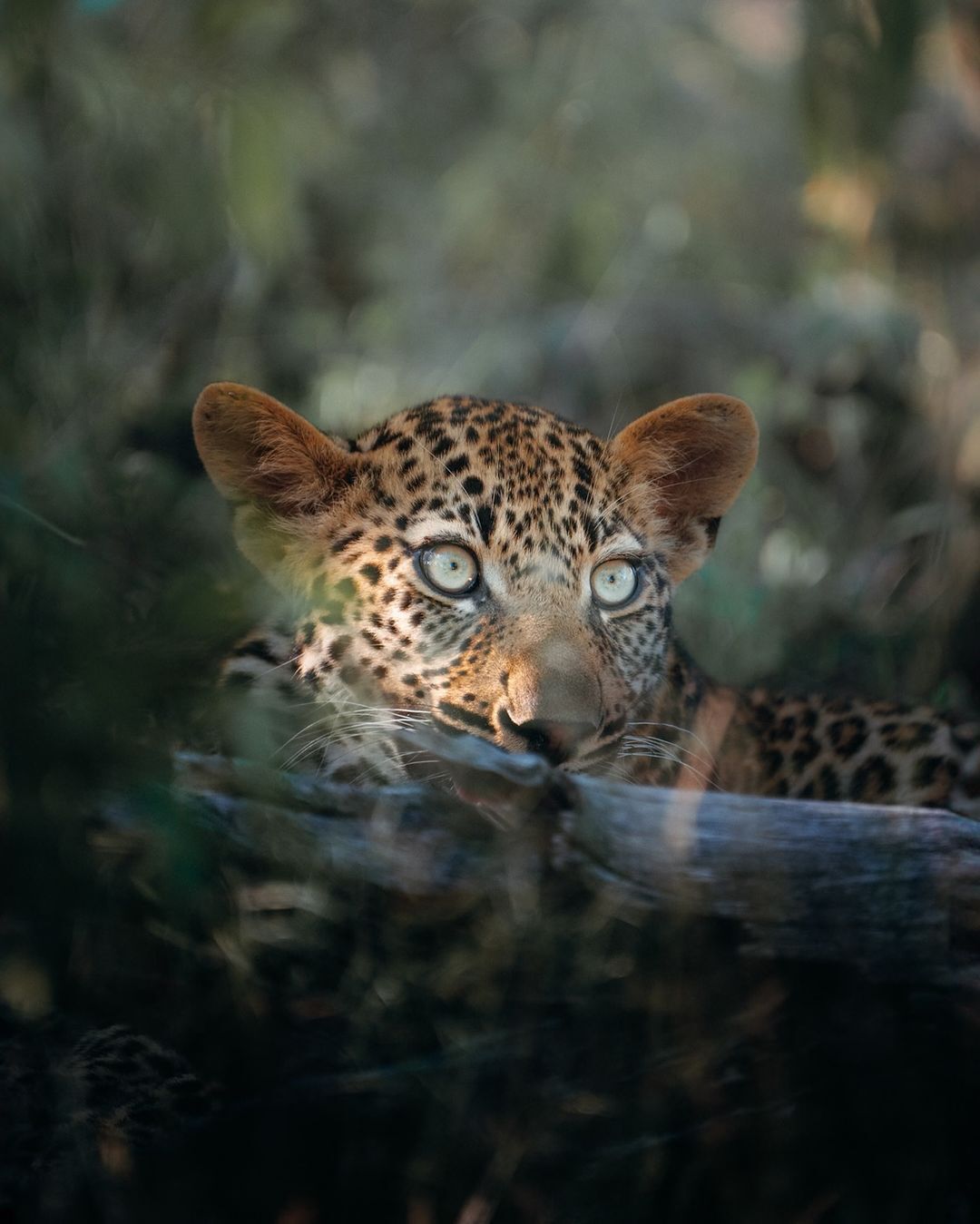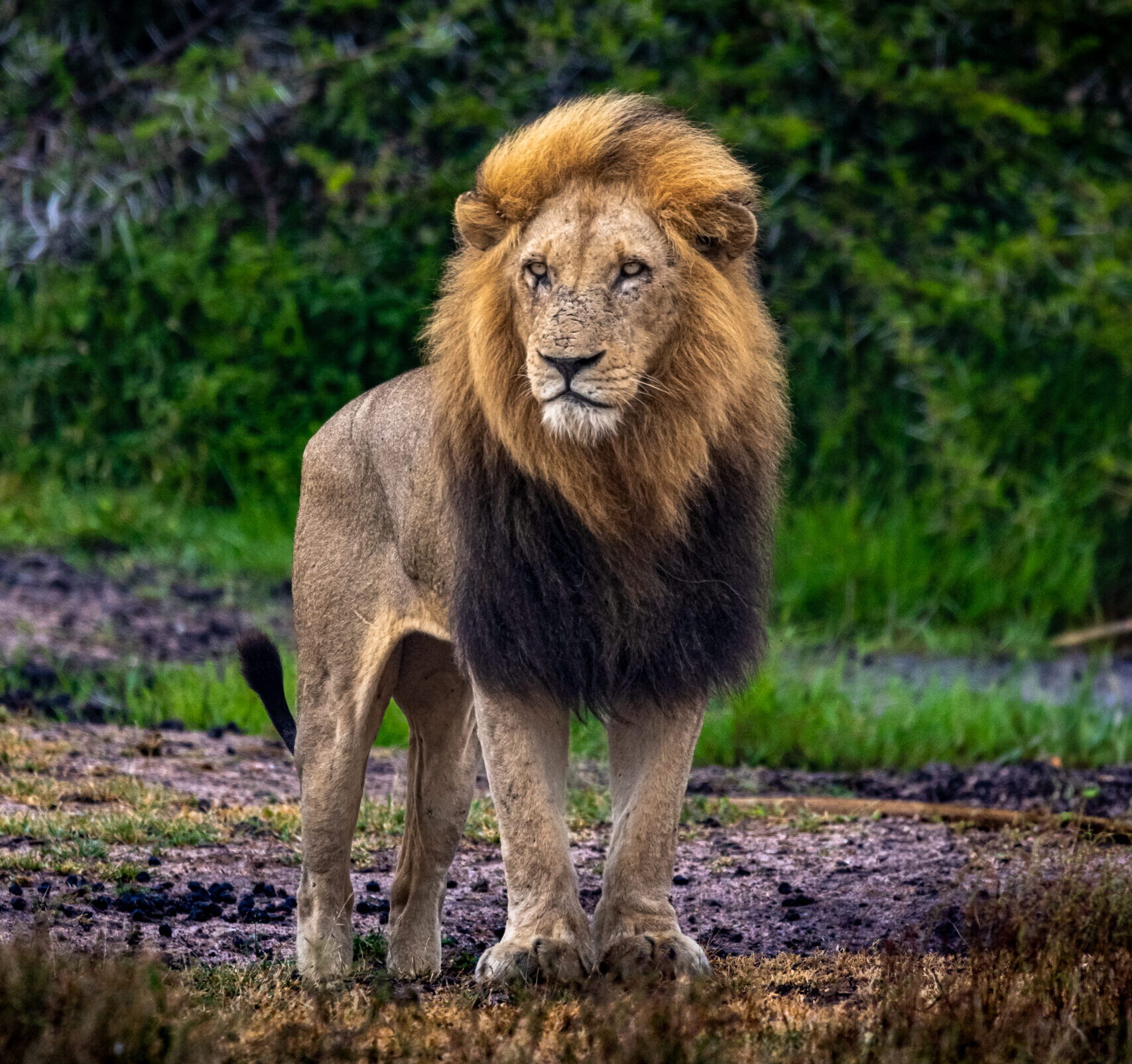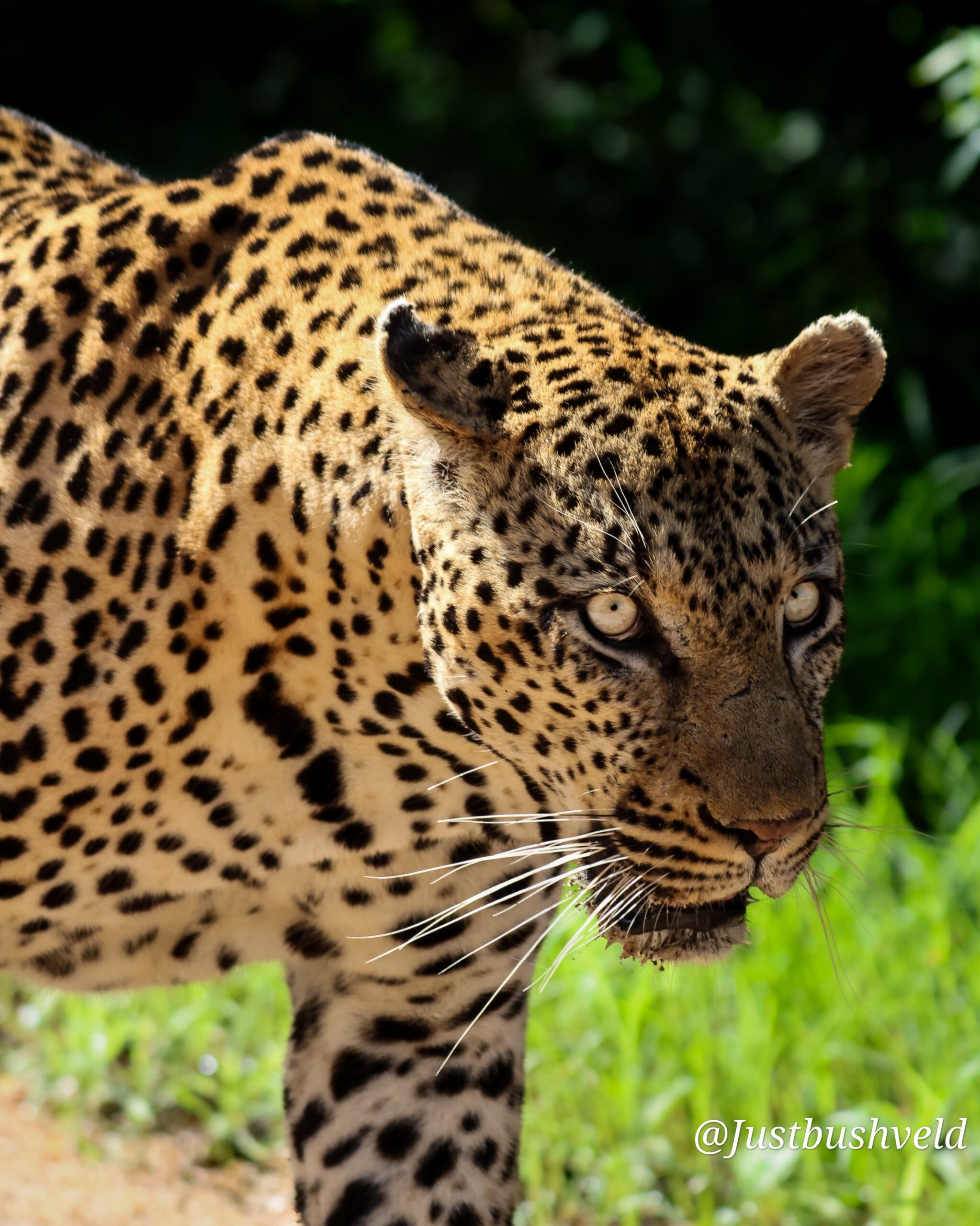Nocturnal Animals of the Sabi Sand




Survival of the fittest is the rule of the bush. With that said, it is always a pleasure to see the animals grow and survive.
The young Othawa lioness was seen mating with a Matimba male lion late last year. We waited with great anticipation whether she would fall pregnant.
Soon afterwards we saw signs that she was pregnant. Just before the year ended we received exciting news that the lioness gave birth. There was great speculation whether the first time mother would manage to keep her cubs safe.
A few weeks later we had the privilege to view the lioness with three healthy cubs. The mother found a rocky outcrop where she could hide the cubs if need be.
The new cubs were introduced to the pride very quickly. Thereafter, they spent a few weeks in solitude so that the cubs could adjust to their new surroundings.
After acclimatising the female decided to move the cubs yet again. We had the most amazing sightings of her parading the cubs down the road and through an open clearing.
The Othawa lioness escorted the cubs safely to the remaining pride. They have integrated well and their survival looks promising so far.
Written by – Cal Butler
With the rise in temperatures and the first set of rain, the Lowveld has transformed itself into a lush, green reserve.
Many small creatures have started becoming mobile again due to the summer weather. We recently found this little Herald or Red-lipped snake slithering around.
 This was still a youngster reaching about 20cm in length. Their colours vary from greyish to olive/grey. The head is usually darker and white speckles may be seen along the body.
This was still a youngster reaching about 20cm in length. Their colours vary from greyish to olive/grey. The head is usually darker and white speckles may be seen along the body.
The name Red-lipped snake comes from the obvious red/orange upper lip. The name Herald came about when the Herald newspaper in the Eastern Cape announced the discovery of the snake.
 They are considered to be more nocturnal and are often found around water bodies, feeding on oversized toads.
They are considered to be more nocturnal and are often found around water bodies, feeding on oversized toads.
Our presence did not seem to deter the snake. It remained rather relaxed and posed beautifully for some photos. They are considered mildly venomous, but pose no threat to humans.
It is said that the eyes are the windows to the soul. It is said that eyes can tell a story. Some eyes you can gaze into for hours on end. However, some eyes are simply known as crazy eyes.
We are very fortunate to encounter leopards that are completely unfazed by the presence of our vehicles. Every so often, we do come across some leopards with a more skittish nature. We might get a quick glimpse of them and then they take cover.
Recently we were rewarded with a highly interactive sighting with a skittish male leopard called Homelite. When we found him he was in a tree feeding on his kill. Not only did we manage to see this elusive male, but he provided us with some great photos too.
To add to his elusive and mysterious nature, Homelite has some dark and deep-set eyes. Locking eyes with this spectacular beast can be quite a harrowing experience.
As it usually goes, some hyenas arrived on the scene. After completing most of the kill, Homelite started to shift around in the tree. He must have miscalculated his movements and knocked the kill out of the tree. The hyenas wasted no time and grabbed the carcass and took off.
One hyena stayed around and waited for Homelite to leave the tree. The leopard showed his displeasure and snarled at the hyenas and then at us. He quickly maneuvered down the tree and ran away as is common practice for this male.
Written by: Cal Butler
It is always exciting seeing familiar faces. This saying could not be truer for leopards that cross our borders for whatever reason.
The Torchwood male leopard left our area over a year ago. He was born around 2011 and left us as a healthy, young, up and coming leopard. His chances for survival were high as he very easily adapted to his environment. He would catch a variety of animals including porcupine, warthogs and even muddy catfish during the 2015/2016 drought.
We got word over a month ago that he was slowly making his way back to our side. When he returned, he greeted us with a wonderful sighting.
Hoisted in a tree, just off the road, lay a slayed warthog with a very healthy looking leopard tucking in. It was confirmed that Torchwood is back. He is now in his prime years and looks better than ever.
We do hope that he reclaims some of his old territory and hangs around for a few more years to come.
Written by: Cal Butler
The ultimate reign of the Majingilane male lion coalition has come and gone. Their spectacular memories will last a life time. They have, however, left a great gift behind.
One of the Othawa lionesses has successfully reared a litter of three cubs. There was great excitement when news broke out that the cubs were born. Being an experienced mother, she chose a well, secluded den site in a thick drainage line. We waited a couple of weeks before she finally revealed her cubs.
It has been a real pleasure for us to view these little cubs grows up. They are currently around 5 months old.
Two Matimba male lions made their way onto our property recently. With cub mortality rates being really high, we were really concerned that the Matimba males would discover the Othawa cubs. The mother has done a phenomenal job at avoiding the movements of the Matimba’s and keeping the cubs safe. We were also glad to see how tolerant the Othawa male lion was when the cubs were introduced to the pride.
The cubs are currently at a very playful age and spend a lot of time play fighting, stalking and ambushing their siblings. This is very necessary in order to learn the valuable skills that they would need in order to survive the tough life out in the bush.
The bush is so diverse that often first time safari-goers and seasoned travelers may experience sensory overload. Expectations to look for the larger animals may be high and one might miss out on the other creatures that the bush also has to offer.
This post highlights the astonishing bird life that could be seen on safari or even while walking along the lodge’s pathways.
Raptors
Vultures
Owls
Passerines
Kingfishers
Bee-eaters
Water birds
Other
Written by: Cal Butler
As the bush reaches the end of the dry season, it can start to look rather drab and dreary. However, under certain conditions there are beautiful colours that can be seen during and after game drive.
During the winter months there is a lot of smoke hanging over the horizon caused by nearby villages burning their fields. This creates a beautiful filter through which sun must rise and set.
From time to time we experience an early morning mist. This adds a whole new dimension to the surrounding bush. One might also see numerous amounts of spider webs laden with water droplets.
Once the sun has set the sky softens with some spectacular pastel colours still present. This light often allows for great silhouette images.
Recently we experienced a beautiful full lunar eclipse which resulted in a blood moon which could be seen during dinner time in our outdoor boma area.
When the skies are clear and the moon has not yet risen, The Milky Way will stretch across the length of the sky.
Written by – Cal Butler
Plans don’t always go according to plan. Even on game drive plans can change in an instant.
Ranger Cal and his tracker, Mowell, were heading down to some lions not too far from the lodge. On the way Mowell spotted a hyena in a clearing. He suggested we quickly view the hyena and then head off to the lions. As we approached, Mowell said, “I think it is eating something”.
We approached the hyena and nobody could believe their eyes. In its mouth hung a large African Rock Python. We don’t know what killed it.
To add to the spectacle, some impala started alarm calling in the immediate vicinity. We knew they weren’t phased with the hyena. We decided to go investigate as the lions were not too far from the area. As we drove through the block we spotted two Mhangene subadult lions hiding in the grass.
The two felines waited patiently until the hyena moved off. They approached the kill with great caution and eventually tucked into their meal.
This was the first time that both Cal, Mowell and our guests had ever seen this type of sighting.
Written by: Cal Butler
Seeing the resident animals grow up successfully is always a great pleasure. We got word that the young female leopard, Sasekile, was on an impala kill nearby. She is no longer dependent on her mother, Thlangisa, and manages to take care of herself very well. Sasekile has only recently been named and means “The Beautiful One”.
As we arrived at the sighting, we found Sasekile stranded in a tree. She was surrounded by 11 hyenas who had stolen her kill.
Once the frenzy had finished, the hyenas left the area and the young leopard wasted no time and made her way out of the tree. She continued moving through the thick grass. Further on she found a beautiful Marula tree and climbed it to scout for more unsuspecting impala.
Sasekile pressed onwards and spotted some impala in the distance. The wind and sun’s position was in her favour. She sat patiently looking for the best way to stalk. The image below shows just how well she camouflages in the surrounding vegetation.
The impala had no idea that she was there. She crouched down low and stealthily made her way closer to the antelope. She made it to within a couple of meters of them until she was rudely interrupted by a tree squirrel that set off the alarm and spoiled the hunt.
Written by – Cal Butler